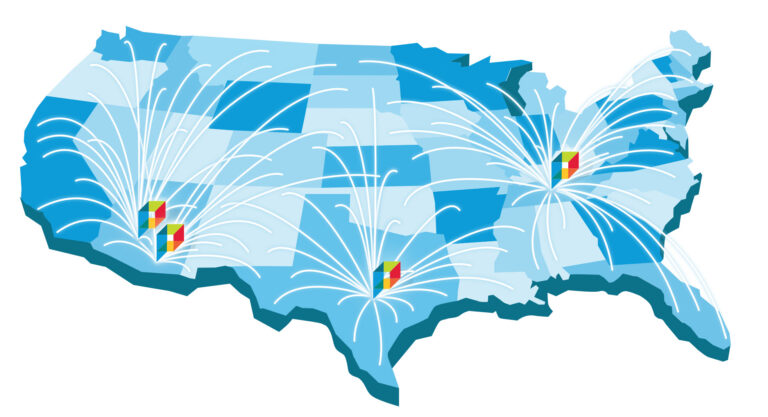As anyone who has ever had the basic science class lecture about color spectrum knows, interpreting all the millions of different colors we see each day is a very complicated process for the human eye and brain. It’s all the more difficult when trying to design and program a monitor or computer program to correctly receive and display similar color information. Various different file formats, technologies and display types only further complicate the matter, but developing a competent sense of these aspects and their key differences is essential to success in any web to print venture. The two major types of color displays used in computing environments are RGB and CMYK.
The first type, RGB, is an acronym for red, green, blue and is known as an additive coloration mode. In order to understand this terminology, it helps to first think of the computer screen and its totally black background. It is upon this black background that the tiny networks of lights in the screen display their various hues, essentially adding coloration to the black of the background in order to make up the final target value which the user sees displayed. The RGB coloration mode is typically used to render colors within monitors and computer screens.
The second type, CMYK, which stands for cyan, magenta, yellow, black, is known as a subtractive coloration mode. Ultimately intended to be applied to white printer paper, CMYK is considered subtractive because it calculates its correct hues by subtracting from the initial brightness of the paper in order to make up the final target value. For this very reason, CMYK uses lighter secondary colors than those used by RGB coloration modes. This is due to the fact that producing darker tones via the CMYK method would require a great deal more ink. The CMYK coloration mode is intended for use in paper printing applications.
Given these basic stipulations, successful and efficient development of web to print applications and products requires some consideration of which coloration modes are best suited to a particular project, as well as the respective advantages and disadvantages of each. For example, consider the fact that, due to its method of building up printed colors on a white page, the RGB coloration method must repeatedly blend a great deal of ink together in order to achieve the color black, since it can only combine red, green and blue. CMYK, on the other hand, has a true black available and can therefore apply a single tone of appropriate intensity.
This ability of the CMYK model significantly reduces the amount of image blurring and paper stress that can occur whenever an RGB coloration model is attempting to achieve black. RGB also underperforms in this situation because its constant re-applications of the three colors usually serves to overly saturate the printing medium. It can also ultimately fail to achieve a rich enough black by blending only red, green and blue. In short, the differences between RGB and CMYK are pronounced, and cannot be overlooked in web to print projects.










